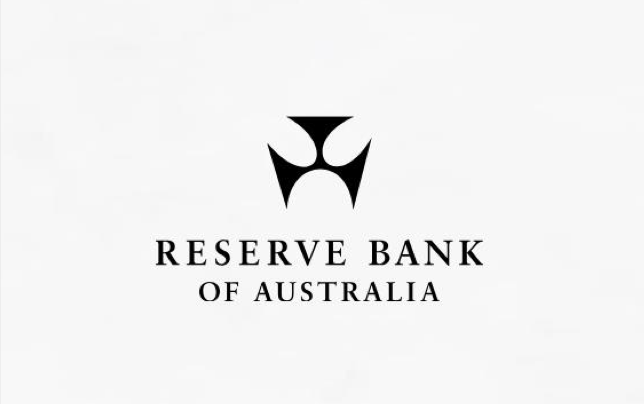
How Mobile Banking Wins the Loyalty of Small Businesses
By LTP
Personal mobile banking has already created a stir, reaching 43% of active users in 2015 (FED). While customers have warmly welcomed this new convenient way of handling daily banking operations, little emphasis is actually made on small businesses. It seems the mobile revolution has yet to reach this market segment. As reported by Aite Group, only 32% of more than 1,000 US companies indicated they used mobile banking services. Why is the engagement of businesses in using online mobile banking that low? With over 28 million small businesses across the country, banks are losing a significant opportunity to win the loyalty of this considerable customer segment.
Small businesses remain underserved
Banks must be ready to meet the changing needs and expectations of small-business owners, taking into account that more than half of them (56%) consider technological innovations when choosing a financial institution (Raddon Small Business National Research). Some banks such as Wells Fargo, JPMorgan Chase or CIBC have already started moving in this direction. Still, the market lacks fully developed solutions primarily oriented to small businesses. Most apps are either rebranded personal mobile banking solutions with a standard functionality for individuals or multifunctional corporate apps with the primary focus on enterprises.
To see how to satisfy the needs of small businesses, banks should keep an eye on FinTechs that already noticed the existing market gaps. For example, a UK-based startup Monizo is going to launch the first mobile app targeted solely at freelancers. It will include a system of bank invoicing to timely receive notifications on payments, the possibility to capture and store monthly bills and receipts, as well as freelance-specific features, such as real-time tax calculations or financial planning for mortgages and pensions.
This example clearly demonstrates how the technology that’s available today can help companies create a well-tailored customer experience. The fact that Monizo has the potential to attract and retain 5.4 million loyal UK freelancers makes the decision to develop this customer-specific mobile app for the self-employed even more reasonable and well-grounded. Banks could follow Monizo’s example and lead the way in offering a strong mobile banking app specifically for small-business customers, rather than shoehorning them into personal or corporate solutions. Let’s see how banks can stand out of the crowd and what small business customers may appreciate most in a mobile app.
Tightening security
Businesses prioritize the protection of their sensitive data more than individual customers. That is why the requirements for security, such as notifications of suspicious activity or access control, are higher for business clients. By far, the latter feature becomes crucial, since such businesses may have multiple employees accessing the banking information.
Ensuring time-saving functions
Business users often multitask, which apparently creates the need to perform some daily activities on the go without wasting time on branch visits. Besides, mobile banking apps turn out to be more convenient than online banking in case there’s the need to quickly approve a payment during a business trip or a meeting.
Providing relevant services, including loans
While some aspects of personal mobile banking apps may appeal to business banking, the majority of users need quite a different functional scope. Apart from the possibility to check balances and recent transactions, businesses expect services that facilitate electronic transfers of money, such as wire and ACH transaction approvals, remote check deposit or positive pay that prevents check-altering forgery. Small business owners will also appreciate the possibility to apply for and manage loans when they may have cash flow gaps to cover.
Including streamlined notification system and reporting
Business owners expect such tools as mobile banking to assist their timely decision-making. Therefore, mobile banking solutions should include alerts and notifications on reaching an overdraft limit, payment due dates, low balance, etc. Mobile banking apps for small businesses can also include payment reports for a consolidated view of most recent transactions to and from the accounts.
Putting convenience on the front burner
There are no legal requirements for the self-employed to open a separate business account apart from a personal one, but many individuals, as well as 5.7 million employer businesses, choose to do this because of convenience. Owning only one account for both personal and business purposes can be cumbersome for further accounting and taxation. Separate accounts, by contrast, give customers a better idea of their business activities and help to avoid mixed expenditures. But at the same time owning more accounts increases customers’ efforts on managing them.
This is where banks can show their advanced care for small businesses by introducing a mobile banking app that makes managing customer accounts more convenient. One of the possible scenarios is to consolidate personal and business banking in a single app, which lets customers easily toggle between their accounts focusing on either personal or business goals. To create an appealing mobile app, banks should draw a bead on a clear and user-friendly interface. This can be achieved by various means, including:
- Applying individual color settings for each account to better distinguish them
- The possibility to hide one of the accounts to easily switch focus between personal and business-related data when necessary
- Rearranging the display of accounts, etc.
Afterword
Most banks definitely lack niche mobile banking solutions. The majority of existing apps target either personal or large corporate customers. But if banks identify the gap in offering mobile solutions specifically for small businesses and the self-employed, they will be able to serve this target segment more efficiently and win its loyalty. Taking into account the number of small businesses in the US, the need to create an appealing mobile banking for this segment of customers is absolutely evident.
First appeared at LTP




